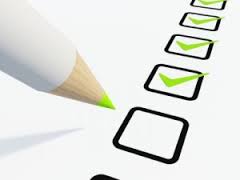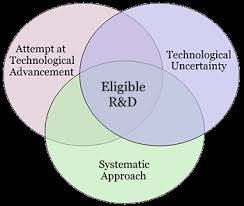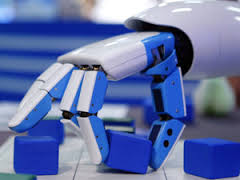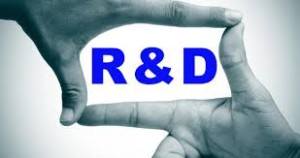According to SR&ED policy, eligible salary and wages for the purposes of SR&ED are defined by 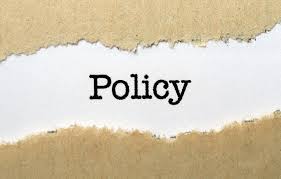 the CRA much as it is defined in the Income Tax Act – namely that salary or wages must be taxable benefits.
the CRA much as it is defined in the Income Tax Act – namely that salary or wages must be taxable benefits.
Payments that would be taxable to the employee can include vacation pay, statutory holiday pay, sick leave pay, pay in lieu of termination notice, bonuses, tips and gratuities, honorariums, director’s fees, management fees and commissions.
Incurred expenditures
For the purposes of a SR&ED claim, a second requirement that must be met to be approved as “salary or wages” is that the expenditure must be incurred. In other words, payment of salary and wages must be paid within 180 days of the tax year the employee completed the SR&ED work. Stock option benefits, for example, are not considered incurred and therefore would not be included.
Work must be directly related to SR&ED or in direct support
Obviously, amounts included in SR&ED salary or wages must be for work done on a SR&ED project. However, SR&ED work can extend to salary or wages for employees directly supervising or supporting SR&ED and can include the portion of the supervisor’s work allotted to SR&ED activities.
Administrative salary or wages for employees “directly attributable” may also be included as SR&ED overhead and other expenditures. Directly attributable costs include salary or wages of clerical and administrative staff providing a service to SR&ED employees.
In these cases, the duties of the administrative staff assist indirectly in the SR&ED work. For example a portion of the work of a payroll clerk could be considered directly attributable if the employee processed payroll for SR&ED staff.
Other eligible SR&ED “salary and wages” expenditures
There are a few scenarios that one might not presume to be included in SR&ED salary and wages. For example, work that is done outside of Canada may in fact be relevant. However, SR&ED work that is done outside Canada cannot exceed 10% of the total amount of salary or wages for the SR&ED work completed inside Canada.
Bonuses can qualify under “salary and wages”. A “Bonus” is a gifted amount, or gratuity, to which the employer was under no obligation to make.
Remuneration based on profits may also be counted as “salary and wages” in SR&ED policy. “Remuneration based on profit” refers to remuneration that is conditional on the profit of the business.
Inducements and non-competition payments, such as signing bonuses, can be considered remuneration during employment.
Amounts excluded from SR&ED Salary or Wages
In general, situations which remove an employee from direct engagement in SR&ED activities are not allowable under salary and wages. Extended vacation or sick leave are examples of this, as the employee would not be performing any SR&ED related duties during the leave period.
Stock option benefits are not considered under “salary and wages” for SR&ED since no expenditure will be considered to have been made by a taxpayer on shares issued on the exercise of options.
Note: always check the complete CRA rules or refer to an expert there are specified employees that may not fit these guidelines.
Enhanced Capital Recovery offers professional SR&ED consulting services in Vancouver, Edmonton and Toronto and are here to support you fully in your SR&ED claims.
Put our expertise on your side by contacting us for a free consultation today.



